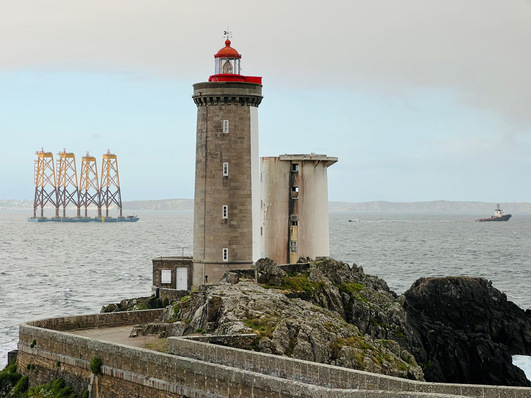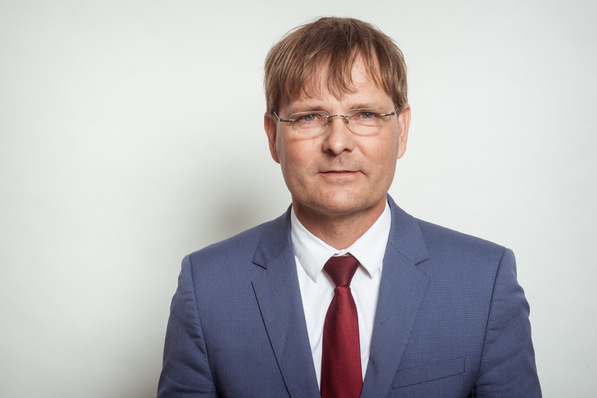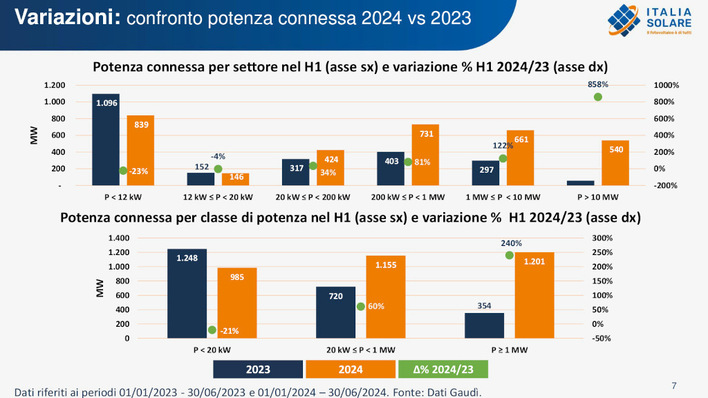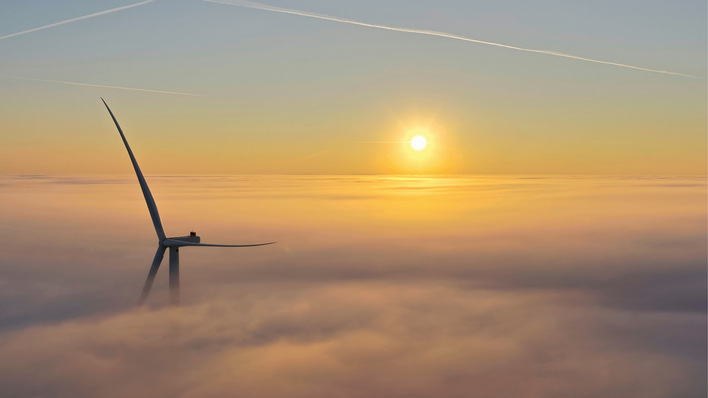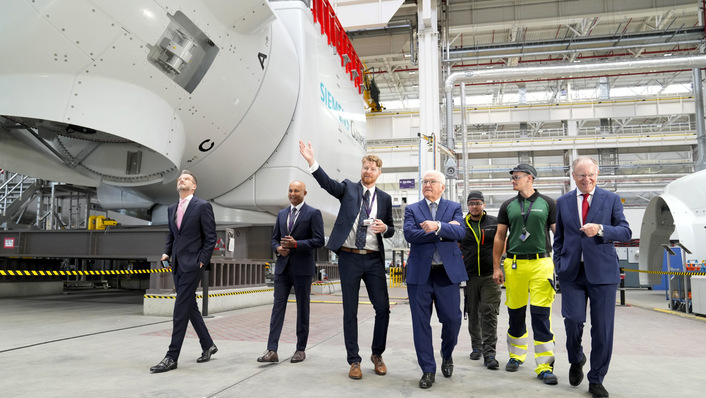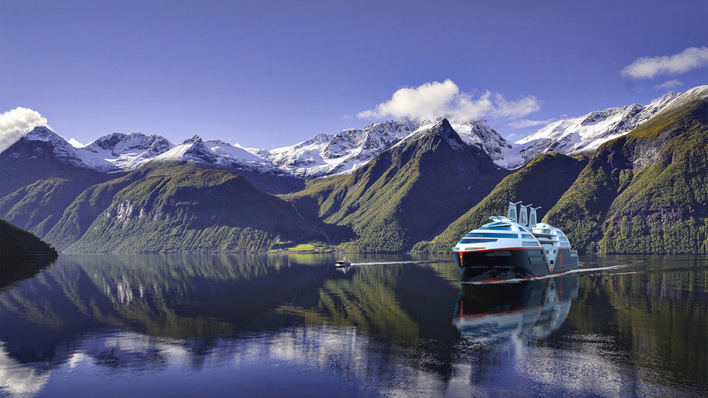In Munich, Germany's Schott Solar reports that its solar panel production capacity has more than doubled to 870 megawatts thanks to a joint venture with China's Hareon Solar. The Germans have also entered the sector of project development and say they plan to become one of the 10 biggest solar firms in the world by 2014 – which will only work if the right political policies are implemented. "But it is hard to predict how business will develop this year," says CEO Martin Heming. "On the one hand, the public is debating nuclear power and switching to renewables in light of the disaster in Fukushima, but there is also a risk of lower demand as politicians pull the rug out from under PV in crucial markets."
The partnership with Hareon is intended to improve the firm's cost structure for panel production. Initially, the joint venture is to have an annual production capacity of 300 megawatts, and the Chinese firm will be exclusively manufacturing solar panels for Schott Solar. The German firm will determine the procurement of raw materials and components, monitor production, and conduct final inspections. Schott Solar is also developing and constructing turnkey photovoltaic plants, which it sells to investors. Already, the team set up for this new business field has more than 50 megawatts in the pipeline.
Solon faces strong wind
Berlin's Solon plans to complete restructuring this year. In 2009, the firm was some 400 million euros in the red in trying to become a fully integrated firm from silicon production to module production. In Munich, the firm's CEO Stefan Säuberlich told Renewables International, "We have to be more flexible with production costs or we will not be able to compensate for fluctuations in this business." In the past few months, Solon stepped of a solar manufacturing plant in Greifswald, Germany, and the firm is now positioning itself as a system integrator. "We mainly want to be successful with solar arrays on industry roofs," Säuberlich explains, adding that he is more optimistic about the year as he was just a few weeks ago since the market began picking up in May. Solon was once one of the biggest panel manufacturers in Europe, but is increasingly focusing on complete solutions for roofs and ground-mounted arrays, including special installation technology, such as the Solfixx system.
Solarwatt presents new products
Solon is partly going in a different direction. Based in Dresden, the panel manufacturer opened a new production line last fall. "We will continue to manufacture in Germany," sales head Detlef Nauhaus told Renewables International. The firm has been selling panels for 18 years but is now focusing mainly on expanding project development. But like Solon, Solarwatt focuses on complete systems for projects, generally between three and 10 kilowatts, along with systems for energy management. For instance, Solarwatt provides the panels for the off-grid single-family homes sold by Helma. Neuhaus says he expects growth to make the firm slightly larger than it was last year, when 185 megawatts was produced in Dresden; the current goal is 245 megawatts, though 300 would be possible. "We will not make that, but our procurement and production costs are clearly going down. Fortunately, prices of solar cells are plummeting, so we are currently able to keep up with a large part of the price pressure on modules."
Avancis expands
German thin-film manufacturer Avancis is sticking to its plans to open up a second production plant despite the news about excess module production worldwide. By the end of the year, it will have expended production capacity for CIS modules to 100 megawatts. Recently, the firm reported and efficiency of 15.5 percent in the lab. "In serial production, we already exceed 14 percent," said CTO Franz Karg. "In the new plant, we will partly replace the mechanical structuring of the panels with laser processes to increase efficiency even further." The firm has already begun construction of a third plant in Korea, where the Germans are working with Hyundai. The Korean plant will also have a capacity of 100 megawatts and is scheduled to go into operation at the end of 2012. The site in Korea is large enough to expand production to 400 megawatts. (Heiko Schwarzburger / cm)

